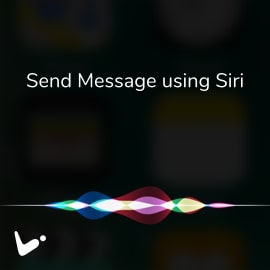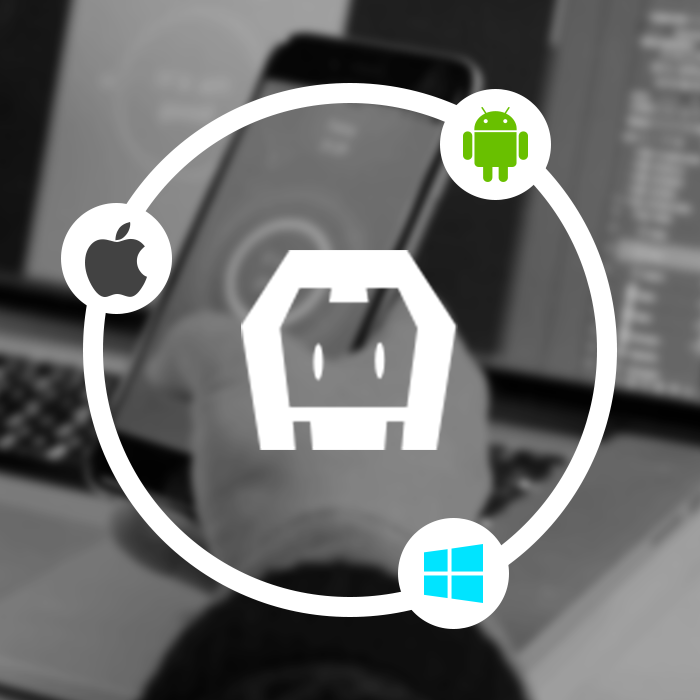Node.js has turned out to be one of the most used platforms in the last couple of years. Getting in full swing on Node.js projects is straightforward. Although once you get beyond the fundamentals, knowing how to structure the code most excellently and how to handle the errors turns tough.
With that said, being a leading Node JS Development Company in India and having a global clientele, Logistic Infotech has captured below ten top practices for web development in Node.js.
1. Utilize Functional Inheritance
The prototypal inheritance is used when objects inherit from other different objects. The class operator gets further to the language with ES6. Please be away from debugging and accepting prototypal inheritance and better utilize functional inheritance like a few expert Node contributors use. With uncomplicated function factory pattern and applying prototype, you can implement functional inheritance.
2. Use NPM (Node Package Manager)
The npm is useful to the node.js programmers therefore at all times to commence your projects with npm init. Node Package Manager is the root of more or less all the deployment systems for nodeJS. With the use of simple dependable package management allows the Node ecosystem to work exceedingly well. Till data 62,961 npms remains and they can assist you in executing better stuff and keeps your code uncomplicated. Most people are just recognizable with the NPM as a mode to install dependencies however it is not just limited to this.
3. Utilize Util And Config File unconnectedly
Use util.js file all the time. As if the frequently used functions are written in util.js file the project will yield better results. It will reduce the global variables and overall code length.
However, ensure making a config file which stores the constant parameters. Also, do not hardcode the limit value and hold it in a config file.
One of the finest things which you can do is to preserve a ‘lang’ folder which is also beneficial for multilingual application as acquiring file is undemanding in Node.js.
4. Utilize logging library
The console.log is immense but it has confines in a production application. Trying to go through multiple lines of logs to hit upon the cause of the bug is always painful.
A mature logging library can lend a hand with this issue. Foremost, they set aside you to set levels for every log message, be it a debug or error. Additionally, they characteristically allow you to log to diverse files and remote datastore. It also enables swiftly search log messages using different patterns and alert when reached the threshold.
5. Utilize Environment Variables
Configuration handling is significant. For optimally decoupling code from the database as well as services used while development, QA and production also call for attention. One recommendation is to use environment variables in NodeJS code to better look up the values through process.env.
6. Selection between Event Handler and Callback
Developers get confuse which is healthier to utilize between event handler and callback. Callbacks are utilized during asynchronous operation which desires caller a notification regarding its closing. On other hands, the event handler is called when the event occurs and used in user interfaces where events are triggered through clicking.
Consequently, after having an apparent understanding of event and callback, programmers must settle on intelligently which to utilize and when.
7. Monitor Applications
Receiving key alerts when anything goes erroneous with your application is essential on production. NodeJS helps you with monitoring and alerting your technical issues.
8. Restart of Application Automatically
An error may bring the application down. Sometimes the complete server you are running on can go down. In that circumstances, you expect minimal downtime and for your application to restart automatically as the server is active again.
9. Testing the Code
Some of the top performance monitoring tools for NodeJS is NewRelic and Loggly. Developers must have multipurpose tools for monitoring performance and coding for node.js project applications.
10. Keep All Dependencies Up Front
You should load and configure the required dependencies up front. This process will assist you to know the problems from the startup, not 2 to 3 hours after your application has reached live in production.
Wrapping Up
Logistic Infotech being rated as one of the finest web development companies in India the above are our top ten best practices of Node.js. If you would like to suggest a supplementary Node.js best practice, please do so in the below comments section.








